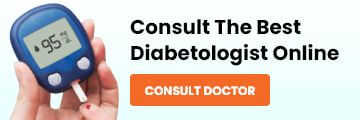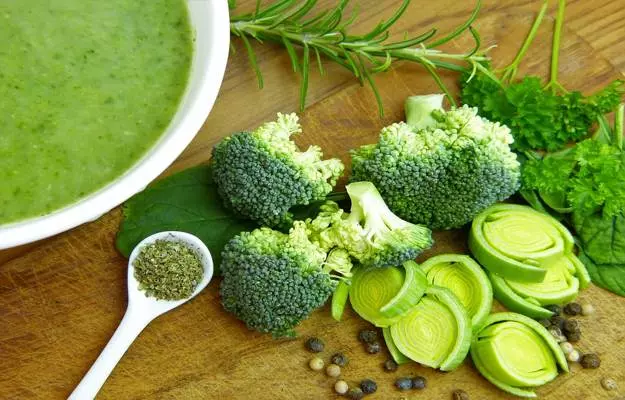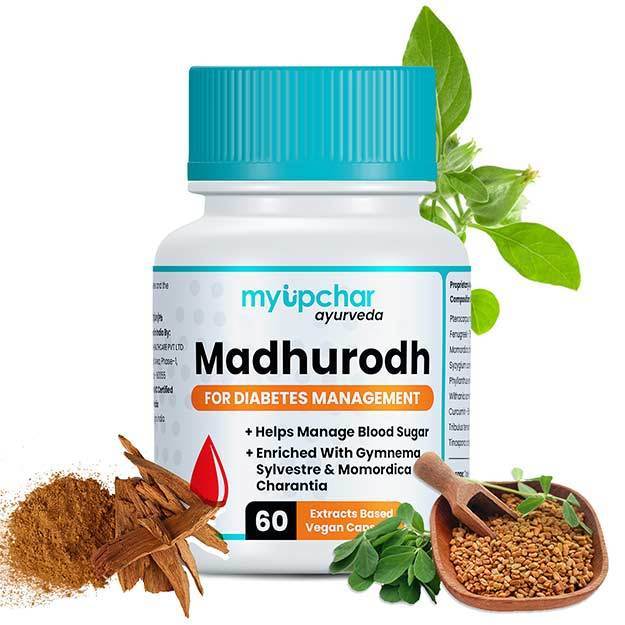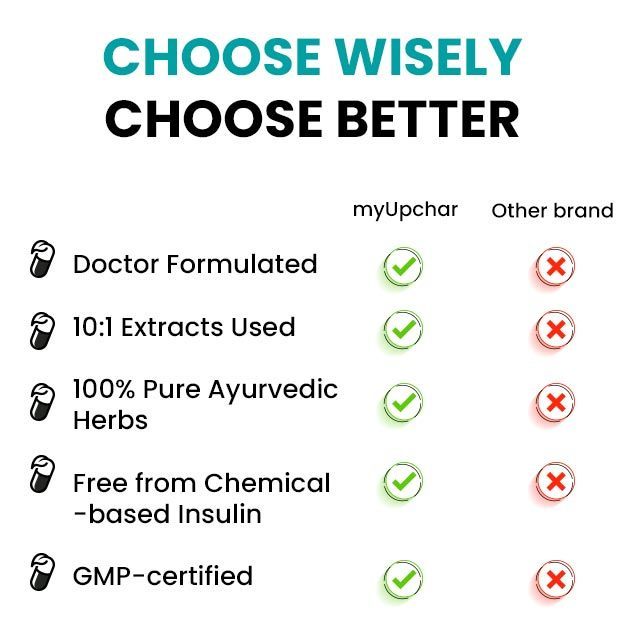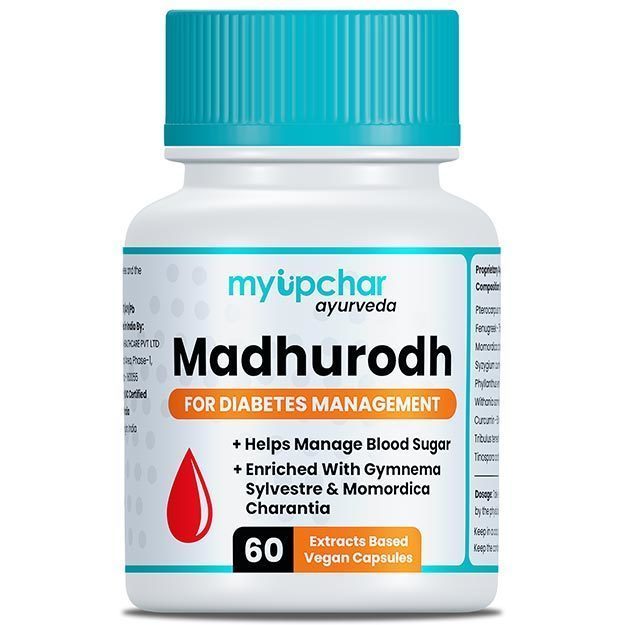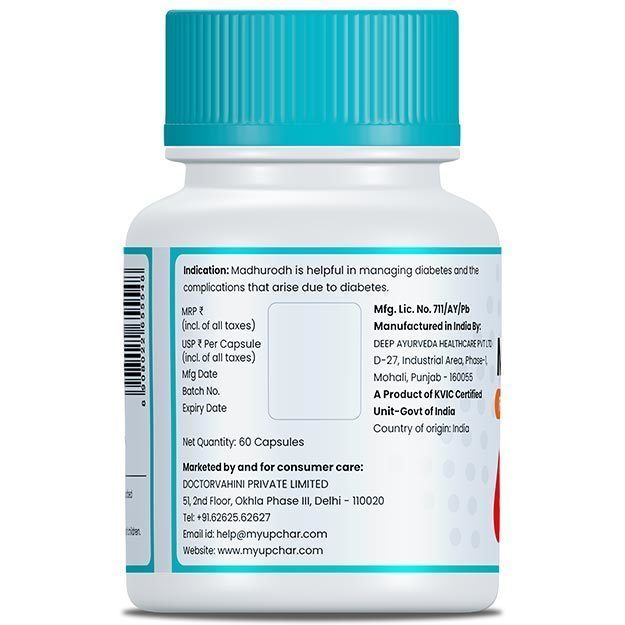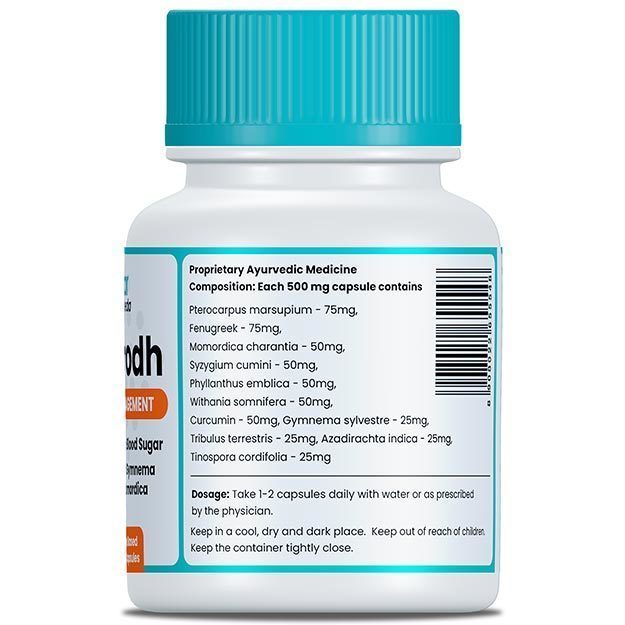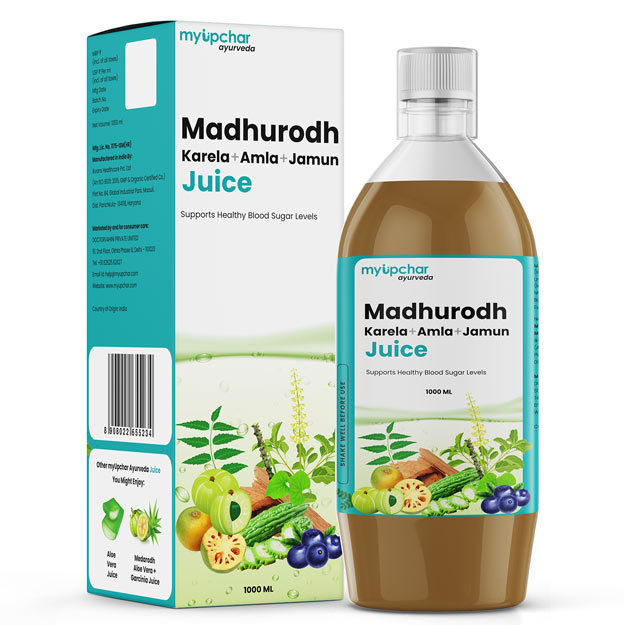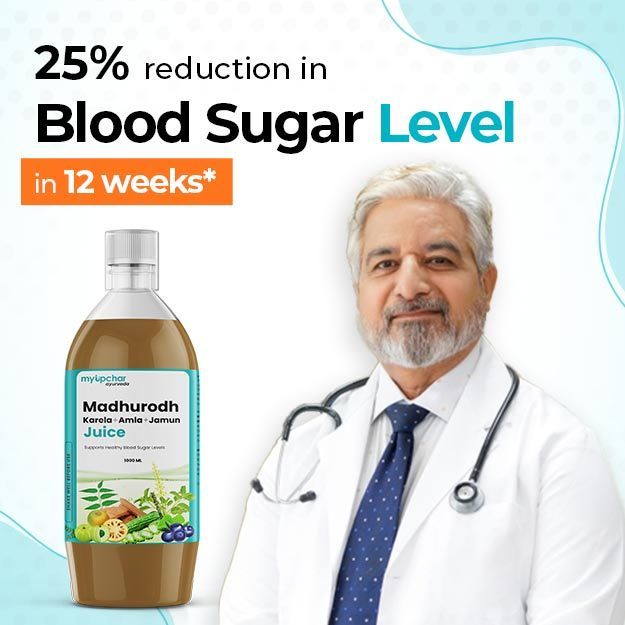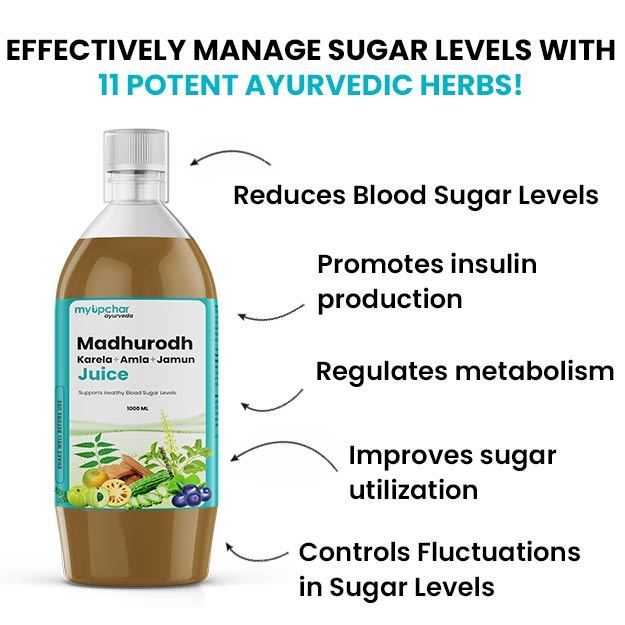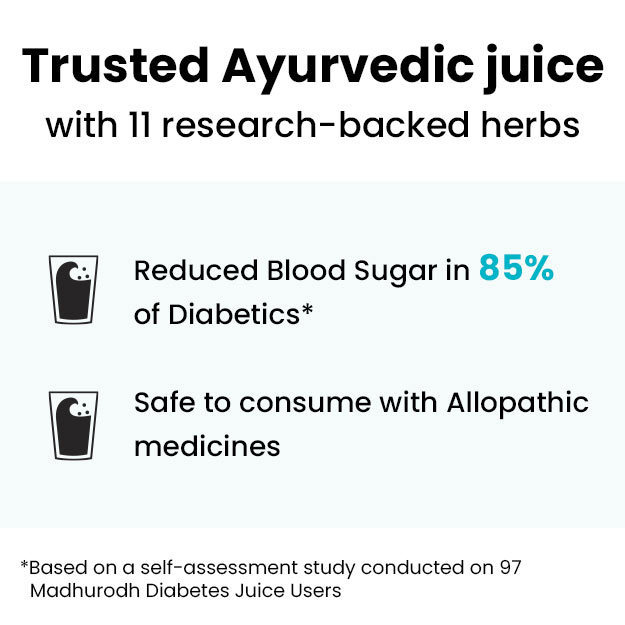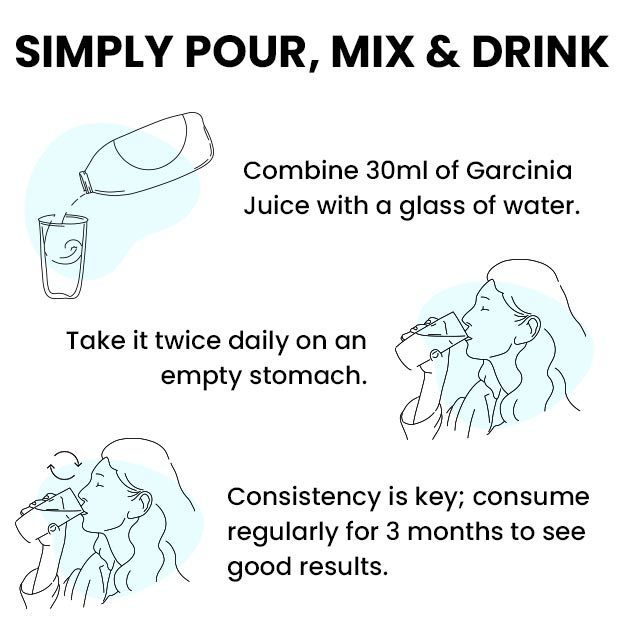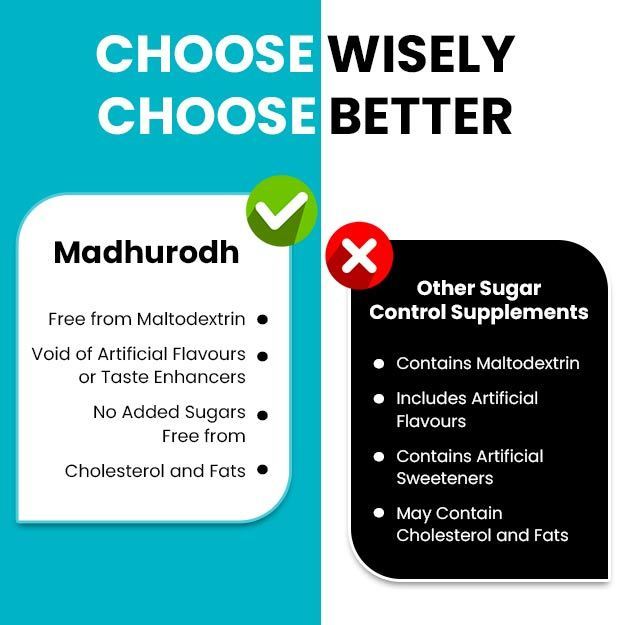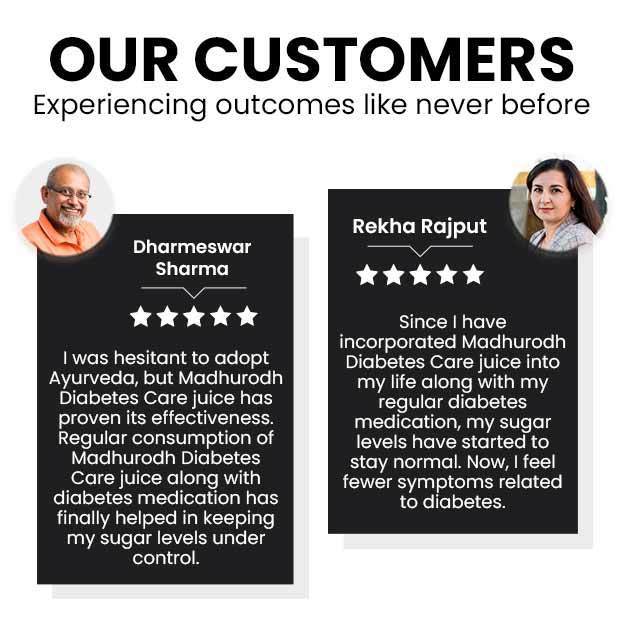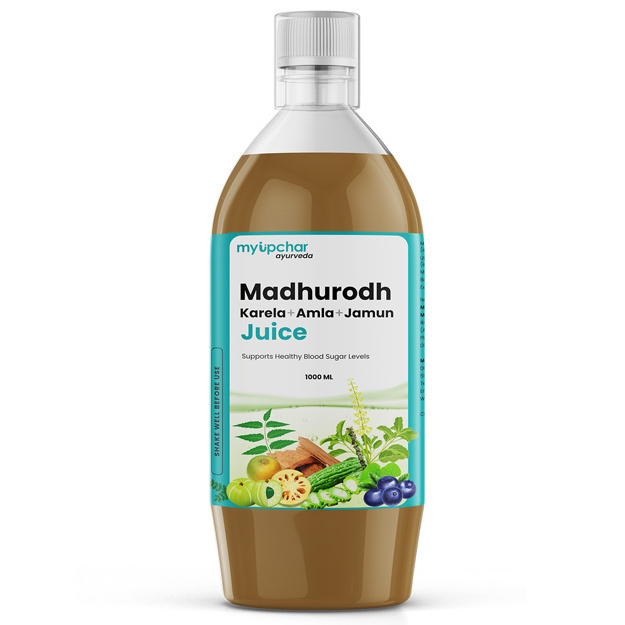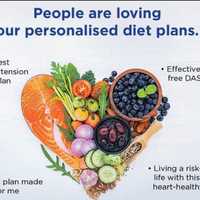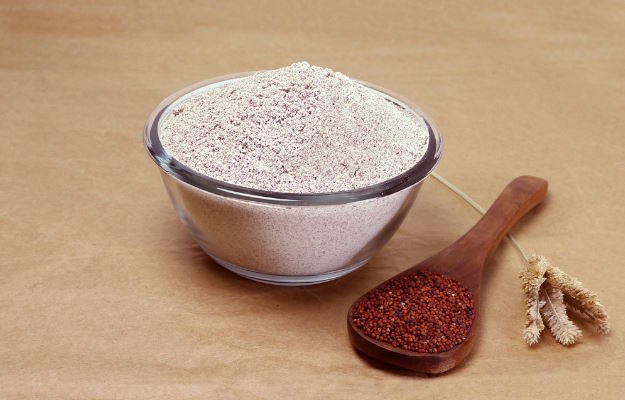Nutrition, physical activity, and medication are three important pillars of a healthy lifestyle when you have diabetes. To manage your blood glucose, you need to balance what you eat and drink with physical activity and diabetes medicine if you take any. What you choose to eat, how much you eat, and when you eat are all important.
By clicking on the given link you will get the all information regarding diabetes treatment.
Eating healthy can help you -
- Keep your blood glucose level under control
- Keep blood pressure and cholesterol within your target ranges
- Maintain a healthy weight
- Prevent or delay diabetes complications such as diabetic neuropathy (damage to the nerves as a result of diabetes), chronic kidney disease, diabetic retinopathy (harmful effect of diabetes on the retinas of the eyes)
- Feel more energetic
(Read More - Exercises for diabetes patients)

